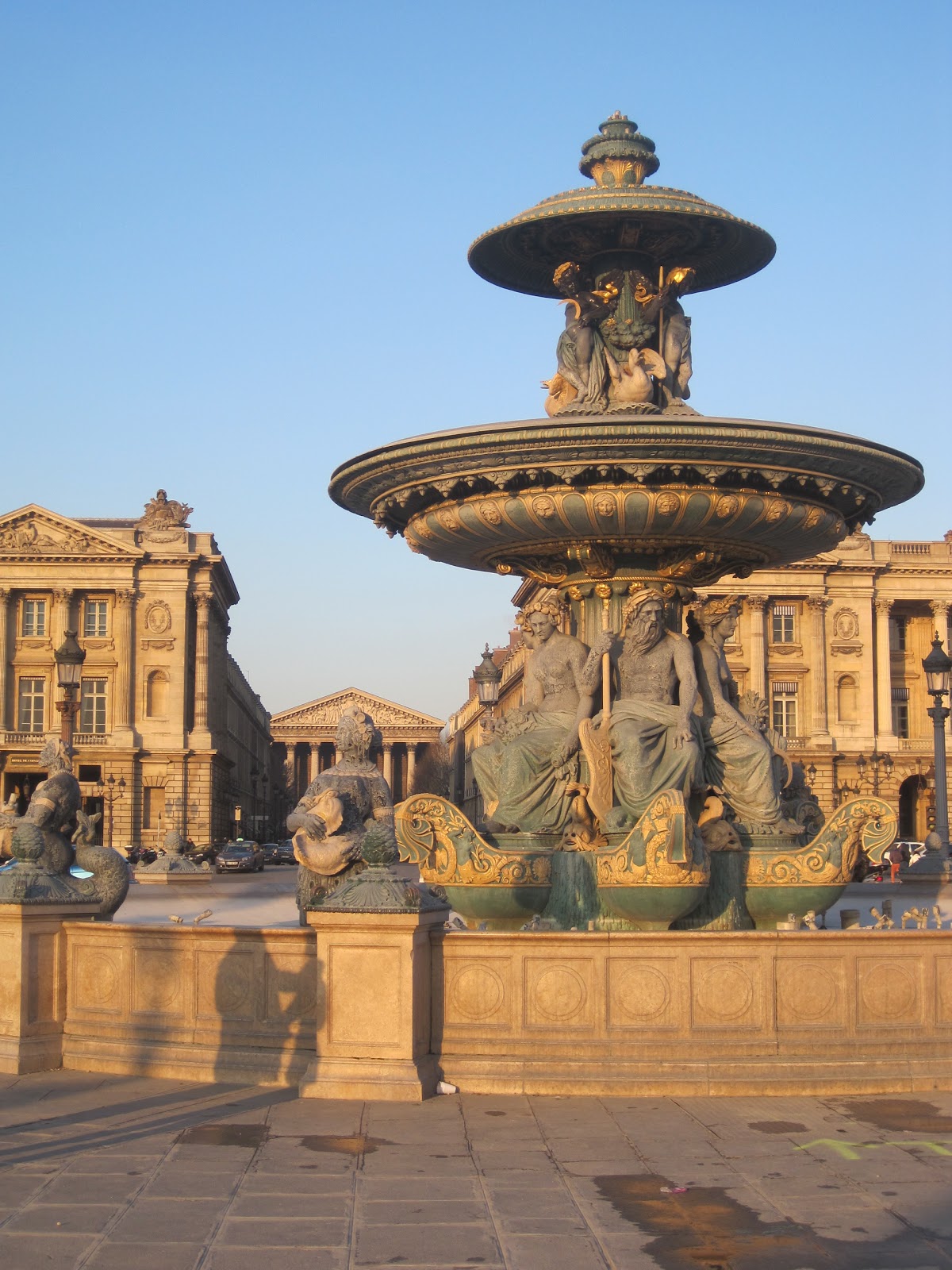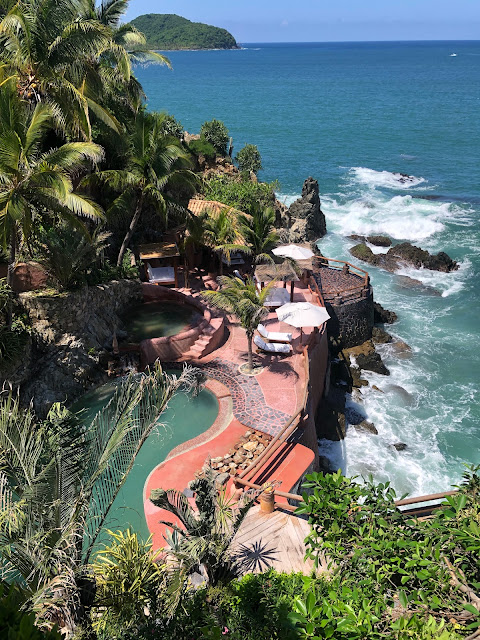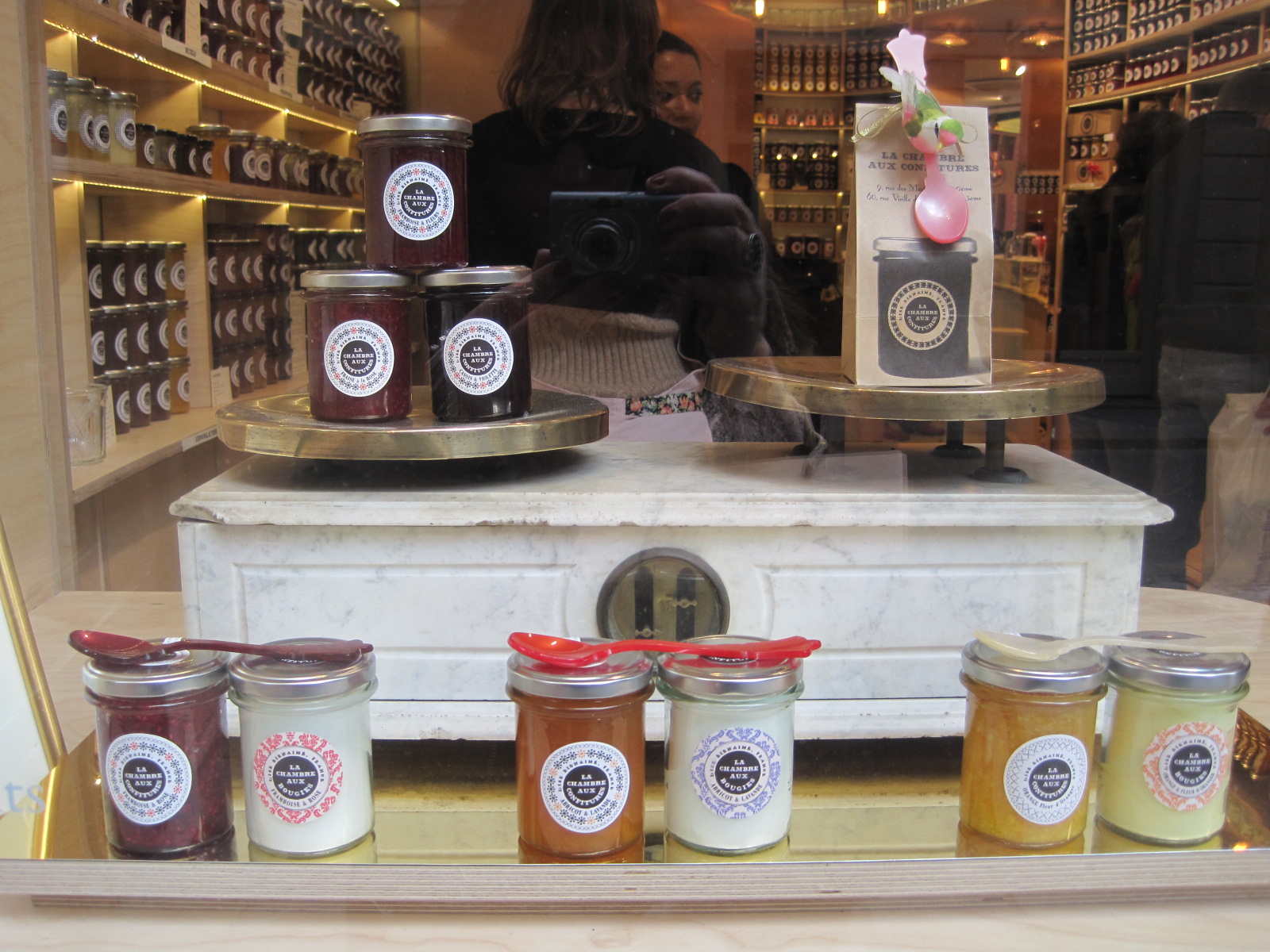Street Art Walking Tour Berlin
If you follow the blog you'll know we're big street art fans and so we were very happy to schedule a Street Art walking tour for our first morning in Berlin. I love walking tours but I don't like a big crowd so I was looking for a company that would be taking a small group. We ended up booking several walks with Slow Travel Berlin and I recommend them highly. This is a company that specializes in interesting cultural tours for the curious traveller. They have so much useful information on their blog including reviews, restaurants and other Berlin related discussions
Berlin is an amazing street art city with a vibrant graffiti scene and you can see lots of works by well know international artists as well as some fabulous graph. We walked for hours in and around Kreuzberg and were mesmerized by what we saw.
We saw graffiti, stencils, pastiche, paste ups, large commissioned pieces, fanciful figures, smaller scale works, stickers and political art. It was feast of images, an open air gallery available to all.
There's and energy and drama to much of the art that's hard to convey. I love these stencils of glittering dancing girls by a French artist Sobr. The series is entitled "It's Time to Dance". They seem perfect for Berlin which is so defined by it's nightlife vibe.
However, the party may be winding down. Berlin is changing with rising rents and rapid gentrification and Kreuzberg is transforming quickly with a large number of new residential developments that are privatizing the land along the river. We really appreciated that Ruben (our Slow Travel Berlin guide) guide was himself a street artist and that he was able to widen the discussion to include the socio-cultural context for the art. He could not have been nicer or more gracious and spent a lot of time explaining the scene to us which was much appreciated.
Communal spaces are being closed down, pushed out or have been formalized through process of transforming squatters into renters or owners. One enormous images showed the Berlin Wall coming down in vertical pieces only to reform as a wall built from 500 euro notes. After all, money is the new disparity, an impermeable wall of income and opportunity.
Above is the Yaamaica bar which is surrounded by a number of empty buildings at the end of the East Side Gallery where part of the Berlin Wall remains as an open air street art gallery. It's fun to see but for us the best of the street art was stuff was saw while walking through East berlin or from the trains as the circled the city. below you can see the "smarter" apartments going up along with the commercialization of the waterfront.
A number of street artists are addressing the changes directly. The images below resemble the warning labels on packets of cigarettes; "Capitalism causes spiritual damage" and "Worshipping the wrong master seriously harms your soul".
Perhaps one of the most interesting pieces we saw was one that is no longer there. Below you can see the ominous black wall on the central building in the photo below. This was an important work by the famous street artist Blu whose work we loved in Lisbon. However, this work was recently painted over by the artists in a protest against the co-optation of street art in the ongoing gentrification of the city. The process is wonderfully described by Lutz Henke in a Guardian article entitled "Why we painted over Berlin's most famous graffiti"
This iconic piece showed two figures (representing East and West) unmasking each other. Later a businessman shackled by his gold watch was added to the building next-door. While the art represented the artistic opportunity and life in Berlin, "The city started to use the aesthetics of resistance for its marketing campaigns" states Henke. Thus the critique becomes the ground on which a commodified "cool" is packaged and sold. The artists become the attraction, but they're displaced by those they drew in - it's the same story here in Oakland. Henke describes the process as a "zombification" of the art scene a kind of "artistic veneer" that exists for those who can afford or be amused by it.
Street art is almost always temporary but these works would have been protected, deified and preserved by the city as part of the Berlin "cool". By painting over the murals the artists preserve their right to opt out. To decline the invitation to the new, more exclusive party that is the newly gentrified Berlin.
There is just so much work to share and most of it speaks for itself. here were some of my favorites...
We also visited an interesting open gallery where artists work on various pieces of the Wall all which may be sold or donated overseas. Sometimes I wonder if the Berlin Wall is become like the Cross with reputed fragments scattered far and wide. If you've seen a standing piece of the Wall elsewhere this may have been where it originated.
Below you can see a piece by Thierry Noir who is famous for his graffiti on the Wall in the 1980s. In this Guardian article he talks about how he lived across from the Wall in a squat for 20 years and how his style changed over the decades.
What is interesting about looking at street art in Berlin is you're seeing everything from tagging to incredible graph done by various crews, to commercial artists, each competing with the other.The work is constantly changing and seeing it makes you want to get in on the act, to make your own stickers or design, to participate in even a small way to put down your mark in a public space to disrupt, engage and adorn.










































Comments